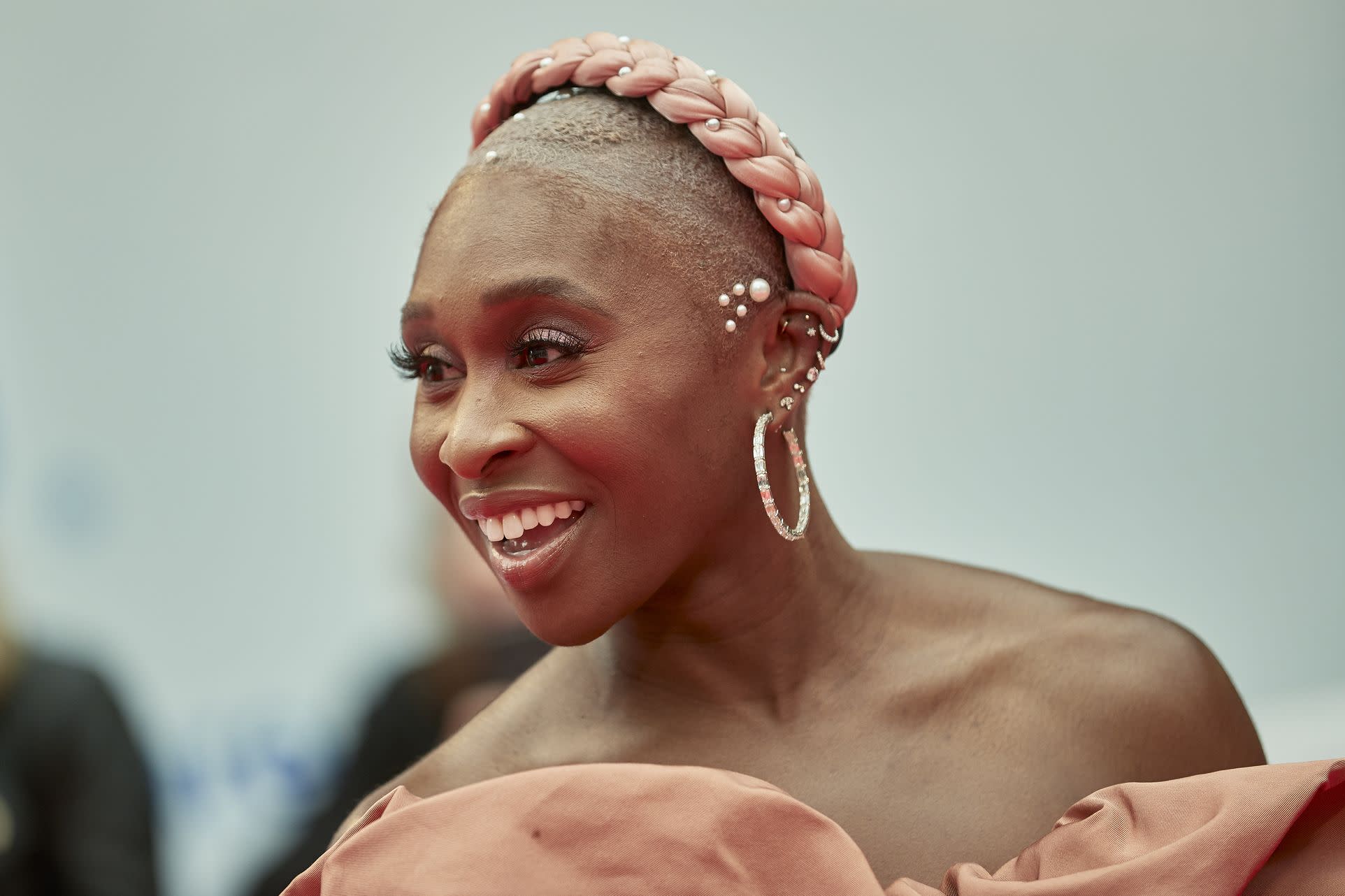 Tori Kelly
Tori Kelly
Vocal Type: Lyric Coloratura Soprano
Vocal Range: C3 - Bb6 (3 octaves, 5 notes and 1 semitone)
Whistle Register: Yes
Vocal Strengths: A strong, bright voice characterized by its feminine, sophisticated nature. Tori Kelly possesses superb vocal dexterity that is shown by her elaborate, nimble and soul-influenced vocal runs and inflections, which can cover multiple notes effortlessly [
P.Y.T.].
In addition, Tori has displayed exemplary versatility and musicality. This allows for her to take another's material and make it unique and personal[
Thinkin' Bout You], and also canny enough to play with, and create interesting harmonies- such as the neo-soul and gospel-influenced ones found in
Falling Slow.
Tori's lower range is dark, lush and well-supported, showcasing a full, controlled quality down to E3. It is easily accessed from the mid-range [
Bottled Up]. Below that, are notes that despite their fogginess, sound audible and well-controlled [
First Heartbreak]. In a live setting, she has no problem descending to the lower extremities of her voice, and although it lacks the audibility within a studio setting, she sounds controlled and measured when attempting them [
Star-Spangled Banner].





















